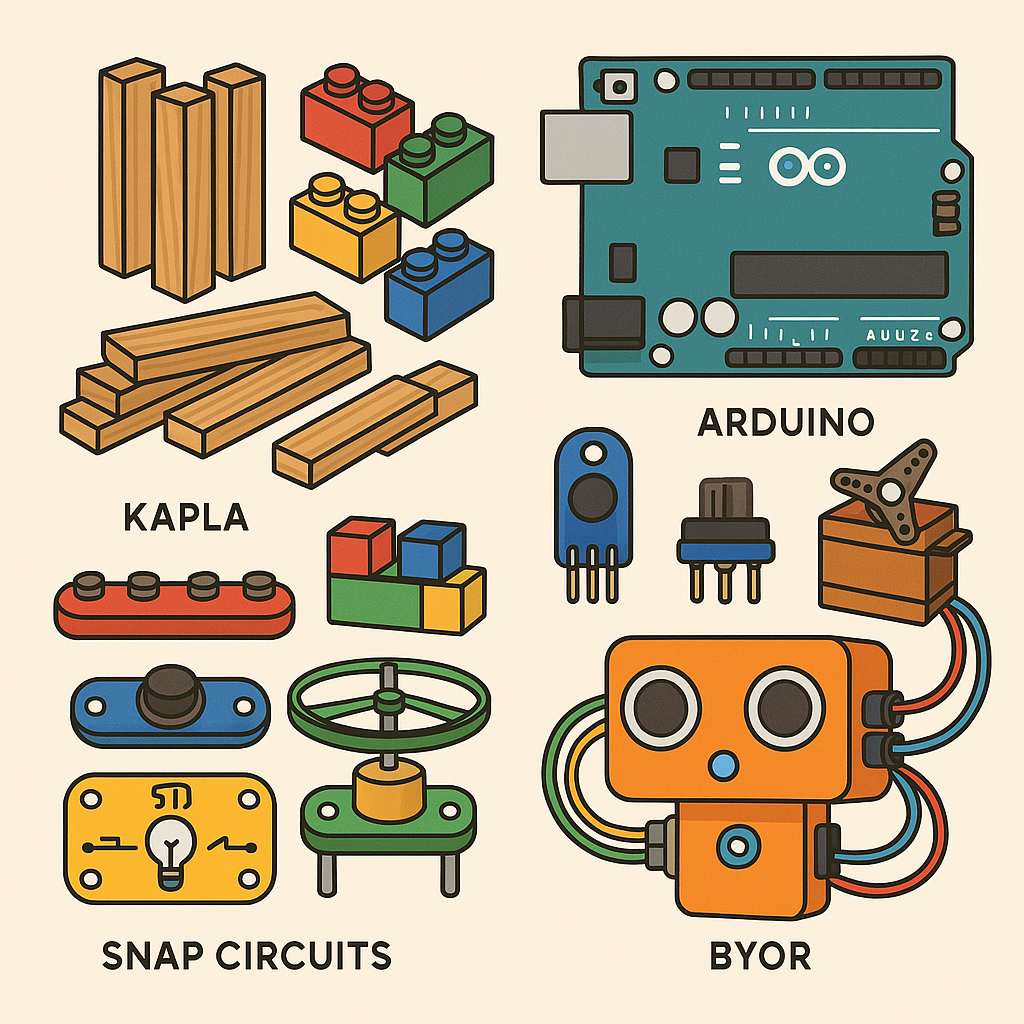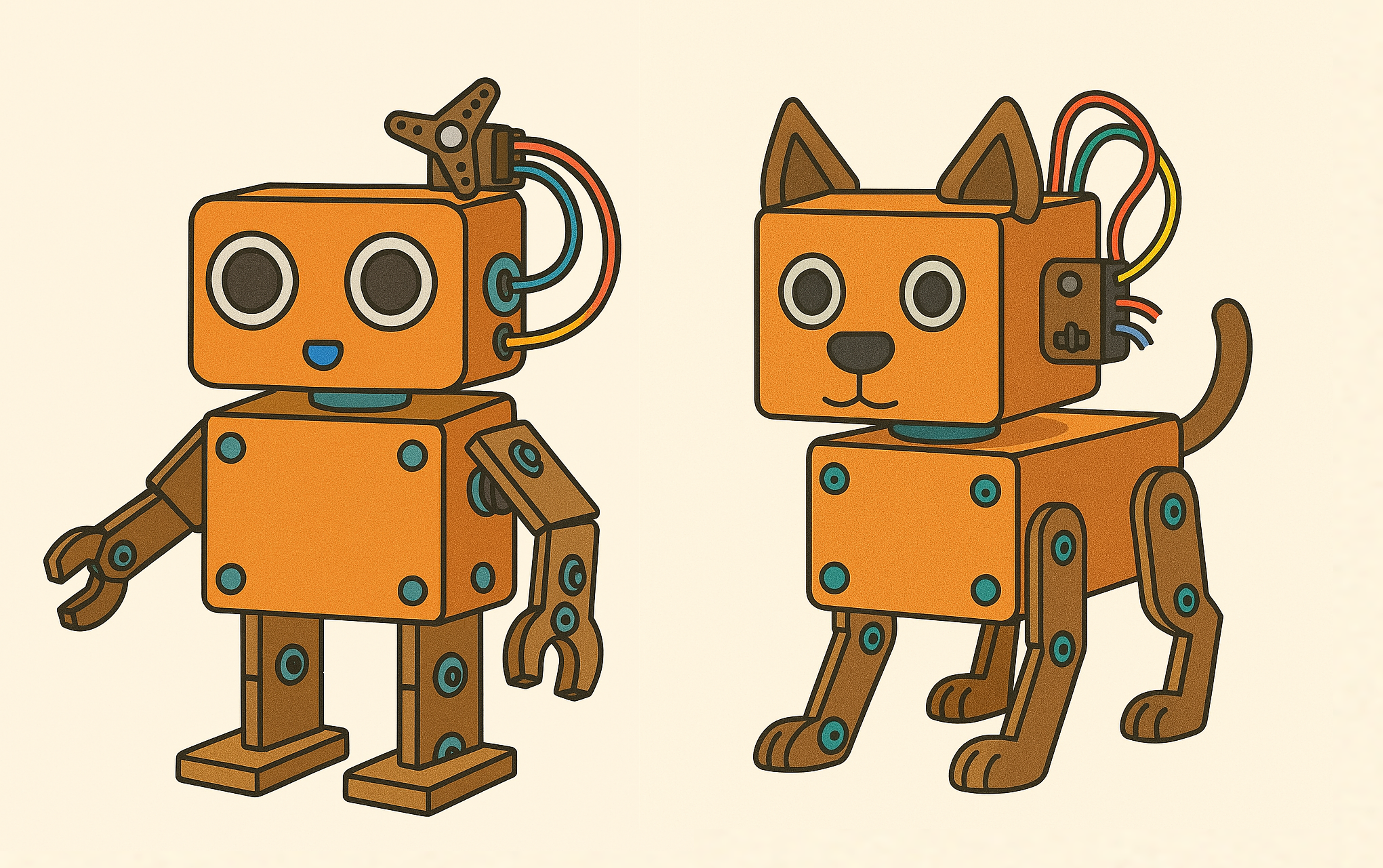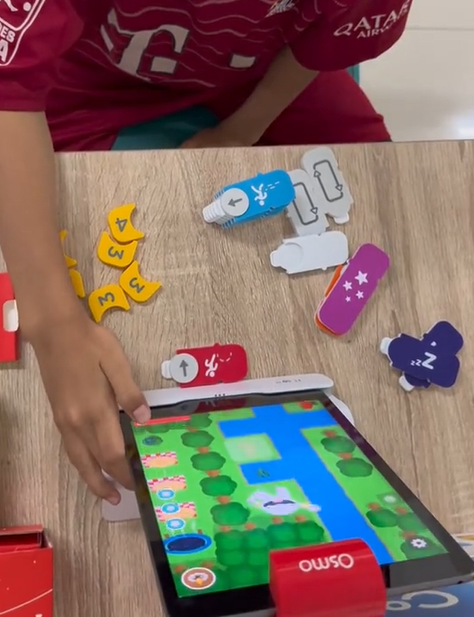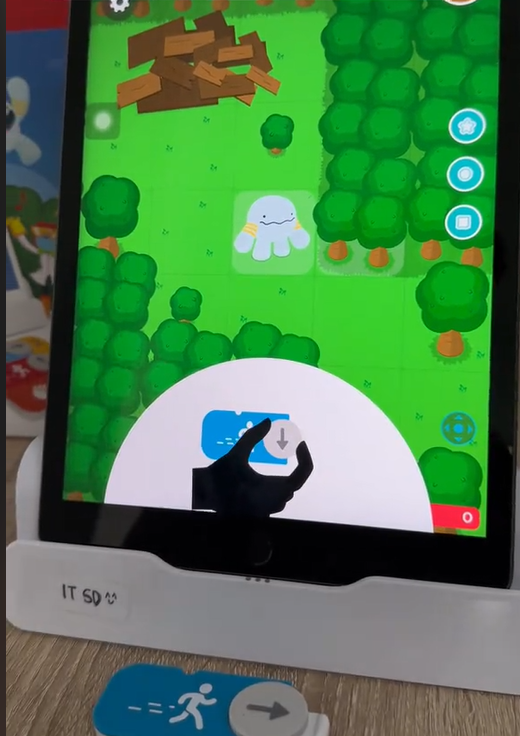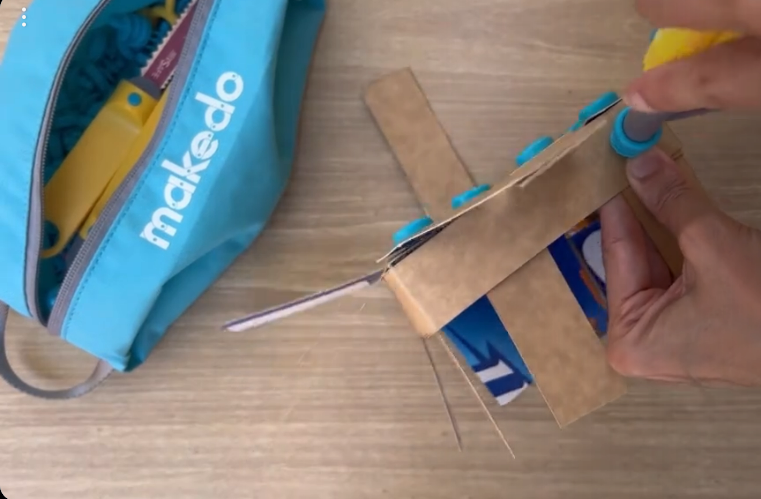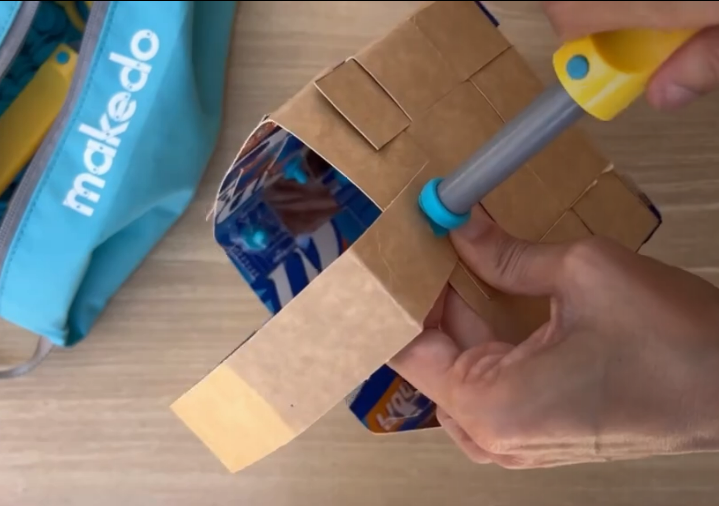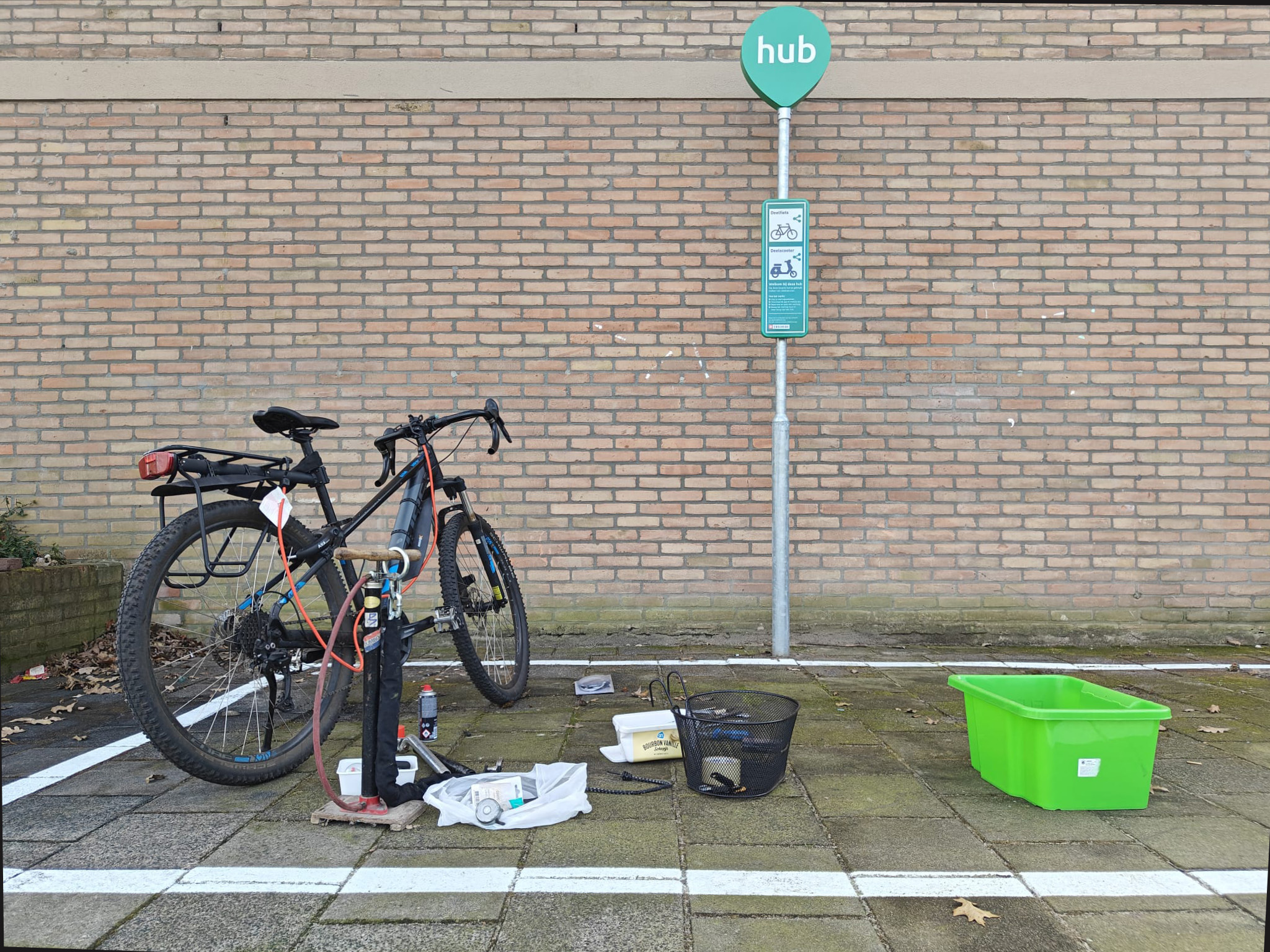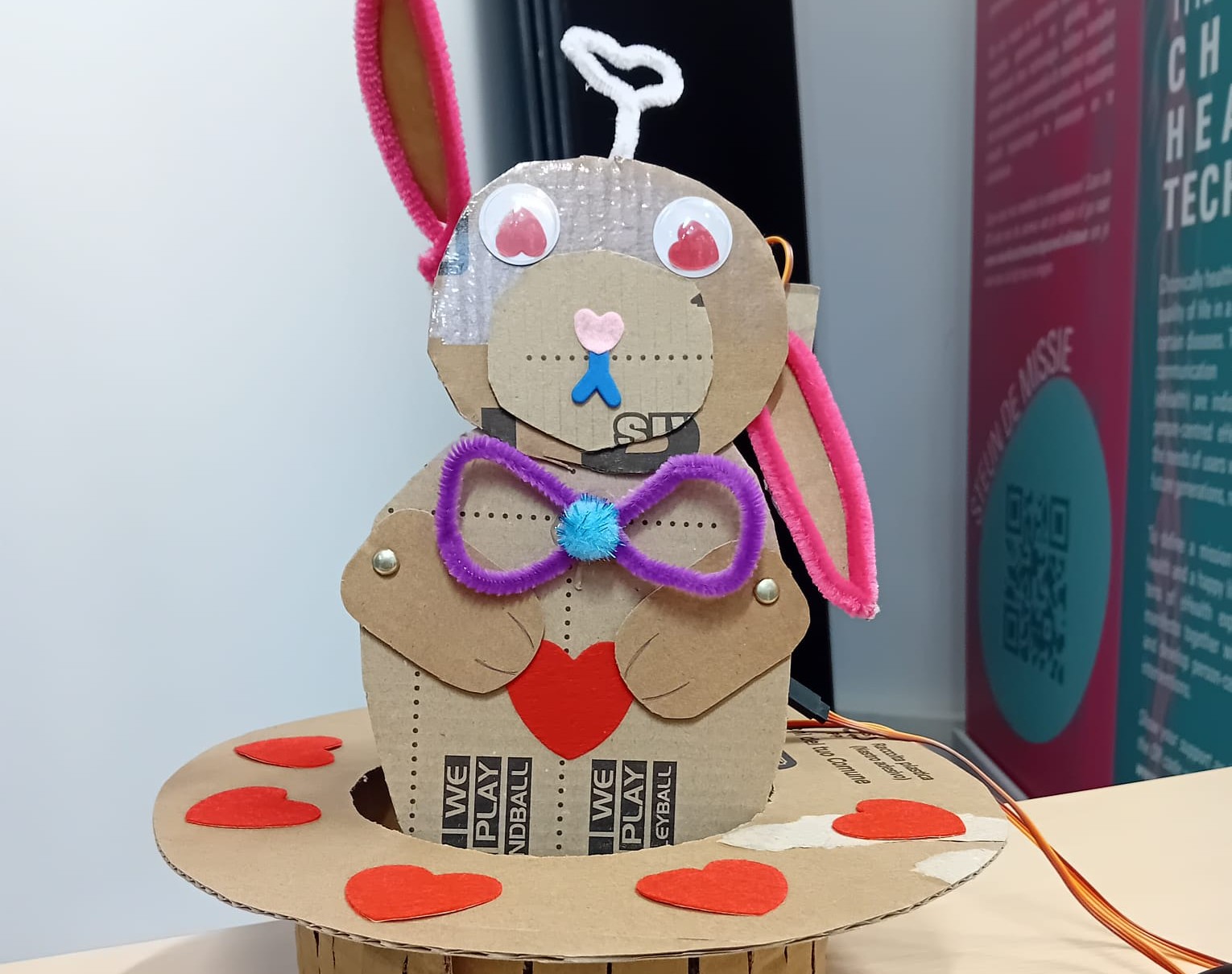| Arduino Grove Kit |
Requires initial coding knowledge; it will need some scaffolding first. The
plug-and-play modules help, but expect to answer "why isn't it working?"
repeatedly. |
Highly modular, but the demo PCB needs to be broken, permenantly. So there is no
going back from the low entry PCB demo/prototyping, but once outgrown this can
make up for interesting bigger projects. Components show some fragility when
mishandled. Modules withstand re-use,
though connection cables can mysteriously vanish like
socks in a dryer.
|
Endless possibilities for those persistent enough to debug. Creativity emerged
once the initial technical hurdles were cleared; however, those unfamiliar with
code will require significant scaffolding. Most projects either solve
non-problems or create new ones. |
Limited to electronic components. This makes the rest very much open. Adjusting
the mini (broken out) PCBs to a enclosure or project will also require
non-defined methods. This can make up for very complex irriversible methods.
|
Low-voltage safety, though the emotional toll of faulty wiring may linger. |
High once functional, but the journey involves staring at code like it’s an IKEA
manual missing steps. Engagement increased notably once feedback loops (e.g.,
LEDs lighting up) were established. |
Strong learning potential in computational thinking and electronics; lends
itself more to guided exploration due to complexity. Teaches patience when
the ultrasonic sensor inevitably misbehaves.
|
30 euros
|
High, if you consider rewriting the same "Hello World" script 20 times
personalization. Adaptable to many scenarios, from
environmental sensors to simple robotics. |
| Snap Circuits Jr. |
Color-coded and satisfying to snap. A refreshing non-wired interace that don’t
require a double PhD. |
Highly modular; components snap together for functional circuits. Modules click
together intuitively, though complex builds test patience. |
Follow the guides first, then experiment. Combines guided and experimental
electrical exploration. Warning: "experiment" often means
"make the fan spin faster." |
Plastic modules with embedded electronics. Durable plastic with secure
connections. Pieces survive drops, though the instruction manual will
mysteriously vanish.
|
Safe for beginners; low-voltage and child-friendly. Safe unless you lick the
battery terminals (which, statistically, someone will).
|
Instant feedback, very engaging due to instant feedback from lights, motors, or
sounds. Adults enjoy it too,
secretly. |
Demonstrates clear functionality with real-world relevance.Teaches circuit logic
without the tears of actual soldering or messed wires.
Guided booklets balance with free experimentation. Useful for STEM education,
from logic gates to creative inventions. |
$$ (Cheaper than burning out components on a real breadboard). |
Limited by the pre-made modules. Users can build hundreds of unique circuits.
The creative wiring can surprise you... |
| BYOR |
Surprisingly intuitive with the headphone jack wiring. Very intuitive to use,
especially for learners with no prior electronics experience. You can build a
vibrating "robot" (read: shaky cardboard box) in minutes. |
Modularity was well-balanced; components could be reused across projects.
The electronic components are refreshingly hufter-proof. Durable under
supervised use; only additional cardboard will show wear. |
Balance seems well between guided and exploratory use. Thrives on repurposing as
the split pins don't make a project permanent.
Open-endedness was high; as often the PCBs can be repurposed beyond multiple
uses. |
Primarily based on electronic modules and cardboard. Cardboard + electronics =
pairing for rapid prototyping. Maybe interesting to combine with the
Makedo-Set...?
|
Remarkably safe unless you count existential crises when the battery dies
mid-demo. |
Instant gratification with lights/sounds, though the cardboard’s lifespan rivals
that of a mayfly. Playful sounds and lights significantly boosted not only
initial, but also sustained engagement as new possibilities arise all the time
with new cardboard ideas. |
Teaches circuit logic through failure. "Why won’t it move? Oh, the battery was
upside down." The pieces internally seem to be safe to not brake that way. |
Starts at 100 euros.
|
Blends functionality with imaginative construction. Glue guns and googly eyes
elevate creations from "prototype" to "modern art." |
| Makedo |
Cardboard + safe-saw = instant maker. Simple tools for cardboard construction: very
intuitive saw and screws. The yellow tool seems to be a bit more complicated, as it
is not a universal tool. One of the kids had to explain me how to punch a whole
first, then twist the screw in... |
Modular in how pieces connect to any cardboard structure. However for the
cardboard... limited only by your cardboard stash and willingness to explain your
recycling cardboard bin's sudden emptiness. |
Where creativity meets recycling if from leftover cardbard. Extremely open-ended;
users build costumes, creatures, and machines. That "robot" is definitely just a
cereal box with googly eyes... and I loved it. |
Plastic screws, saws, hinges — used with recycled cardboard and childhood wonder.
Tools last forever, but the creations last until naptime. Also duct tape came in
very handy (unofficially). |
Saws are safer than scissors, which says more about scissors than we'd like. The
tools are blunt and have no sharp edges.
|
Highly engaging for those who enjoy crafting and building, until the cardboard sags.
Then, the lifecycle from "spaceship" to "flat sad thing" is very short. |
Supports engineering design, creativity, and potentially sustainability awareness.
Oh, and the harsh truth that not all boxes are created
equal. Versatile for art, STEM, storytelling, and prototyping. Also ideal for team
prototyping and large collaborative builds. |
From 22.95 (The cardboard supply at school is enourmous, but for personal use it can
become more expensive) |
Limited only by your willingness to live in a house full of cardboard "art."
Imagination is endless around it, especially with additional crafting tools, it
makes room very much personalization.
|
| Kapla |
No instructions needed—until someone tries to build the Eiffel Tower and blames
the planks for their shaky geometry. |
200 identical planks = 200 ways to learn humility. The lack of connectors forces
ingenious solutions (or tantrums). Interestingly, the pieces also are
interchangeable this way, meaning if a few planks die during a tantrum, it can
easily be
replaced by a new set of planks: sets won't feel incomplete and planks can
always be added. |
Entirely open-ended; structures evolved from spontaneous play. The ultimate
"blank canvas." Projects range from zen gardens to Jenga towers of doom. Gravity
is the real teacher
here. Each collapse is a life lesson. |
Wood, and only wood. Monomaterial: its simplicity is either liberating or
maddening, depending on your patience. Very durable; minimal wear even with
heavy use. Will outlast civilization. Future archaeologists will find these
intact. |
Excellent safety; no supervision needed. |
Engagement remains high, particularly due to the auditory and visual rhythm of
building and collapsing. Hypnotic for some, frustrating for others. The sound of
collapsing towers is the soundtrack of progress. |
Best suited to spatial and structural explorations. Spatial reasoning and the
physics unfold organically. Also can teach anger
management. |
50 euros for 200 planks. |
Limited to structural expression, but somehow every build reveals the creator’s
personality (or ego) as emotional investment can be high due to gravity being
the only challenge. So it is low-tech but highly expressive; each build took on
much (my) personal investment. |
| Dominoes |
Extremely accessible; only requires flat surfaces and setup time.
|
Not modular in a construction sense but sequentially modular in layout. Modular
until my cat enters the equation...
|
Equal parts art and anger management test. Simple in theory. In practice, you'll
develop a nervous twitch from near-misses. That "perfect spiral" took 3 hours...
and one sneeze to destroy. |
Wood or plastic rectangles. Where "variety" means different colors.
Durable with minimal wear and tear. Lasts generations, though sets mysteriously
lose exactly one piece per year.
|
Safe unless you count the psychological trauma of failed setups. |
Focused on motion (chain reactions) and visual effect (design patterns) through
cause and effect. Meditative when alone. Competitive when with others. Either
way, someone's crying by hour two. |
Physics, patience, and the crushing weight of impermanence. |
Very low cost; sets scale affordably. |
Fully open-ended with unlimited variation. Your patterns reveal your soul... or
your untreated OCD. Invites for personalized designs and narratives. |
| Lego |
High accessibility; universal language of snapping bricks. |
Nearly endless reconfiguration possibilities. Depending on the scale, will
require a lot of detail. The only system where a spaceship can become a coffee
cup within an instant. |
Follow instructions or embrace chaos—both are valid. Creativity is evident for
both fantasy and functional builds. |
From basic bricks to technic gears. The variety is glorious until you step on a
piece barefoot... High durability; pieces can last decades with minimal
degradation. |
Choking hazards for toddlers, emotional hazards for adults missing pieces. |
Sustained attention for kids and makes adults forget to check their phones. |
Tied to conceptual learning. Applicable in the math, design, engineering,
storytelling. Versatile across subjects and age groups.
Supports both instruction-led builds and improvisational exploration. |
$ to $$$$ (Basic bricks: reasonable. Licensed sets: endless expensive prices).
|
Strong potential for narrative and aesthetic customization due all the colors
and shapes. |
| Lego Technic |
For those who find regular Lego too simple. More technic look: less imagintative in
terms of story and fantasy imagination. Accessible to older children and teens; more
complex than standard LEGO. |
Highly modular with gears, motors, and axles. Assuming you follow the instructions
to the letter. Deviate at your peril. Sturdy once built, though disassembly often
involves "creative" force. |
Allows for engineering-style creativity and functional designs. Both guided
(kits/manuals) and open-ended creation. Building functional gear systems is
rewarding—until you realize your "car" only
rolls backward. |
Gears, axles, and panels. Plastic pieces including mechanical elements. The perfect
kit to explore technical systems, without the fear of breaking electronics or the
pieces: they probably just don't fit or not work. |
Small parts = choking hazards and losing spare pieces hazard. Safe when used as
intended. |
Very engaging in technical fields due to realism and complexity of builds. However,
as a female kid, it was a bit intimidating back then, exactly due to this reason. It
had less imaginative or friendly appearance. |
Strong learning potential in mechanics, physics, and problem-solving. Also teaches
the value of reading manuals. |
$ more expensive than regular Lego and still need a lot of pieces in order to make
structures working beyond the initial set. |
Limited by the laws of physics and Lego’s insistence on tiny connectors. |
| Lego Duplo |
Designed for very young children; highly accessible. I can finally build without
tweezers.
|
Simpler than Lego but still versatile, just on a bigger scale. Oversized blocks easy
to stack and connect. |
Encourages imaginative building and narrative play. Basic shapes encourage
abstraction. That blob is absolutely a dinosaur, mom.
|
Chunky plastic bricks + specialty pieces (farm animals, etc.). Plastic bricks with
varied shapes and characters. Durable and built to withstand rough handling. Less
variety than Lego but safer for snack time. |
Extremely safe; large size prevents choking. So safe you could throw a Duplo brick
and apologize to the wall afterward. |
Toddlers adore it; adults rediscover the joy of building without instructions.
Personally I like the colorfull nature of the bricks, something I personally miss in
Lego Technic.
|
Can support creativity, and storytelling. The benefit is that pieces won't be lost
as fast as with Lego Technic pieces specifically or the small pieces normal Lego has
to offer. Additionally, can help with fine motor skills for younger children, color
recognition, and the harsh truth that not all blocks stick together. |
Can start with small boxes, and slowly increase to more pieces, but is not as
necessary as with the Lego Technic pieces. |
Due to the ambiguous and abstract models, it encourages group play and peer
interaction. It is very open ended. Allows for very character-driven personalization
and builds. |
| Mega Bloks |
Duplo’s less refined cousin. The bricks fit loosely, much like their quality
control. Accessible for toddlers and early primary grades. |
Large brick like components, but modular in theory... The clutch power is a polite
suggestion at best. However the 'teeth' height make up for that. They are higher
than with Duplo. |
Encourages imaginative building and basic structure play. However, poorly structered
builds often collapse spontaneously, teaching kids about entropy (and frustration).
Application can be considered similar than Duplo. Apart from
the business setting, if the bricks could survive that long.
|
Plastic bricks in oversized form and bright colors. There are however, so many ways
the blocks can fit on eachother. As the bricks have bigger teeth, but also less on
each piece. Easy to clean, which is also a big plus. However,
some bricks warp over time, which I suspect don't survive decades, thus some kits
won't survive till adulthood. Some kits won't reach the stage of business settings.
|
Very safe for also the younger kids. Safe, unless you count the emotional toll of
structures failing mid-play. |
Engaging due to scale, color, and ease of assembly. Less force is needed to build
and dissable the pieces, which makes it a bit more piecefull in my opinion too. |
Supports hand-eye coordination, basic construction principles, and early spatial
logic for especially younger children. |
$ (You get what you pay for, which isn’t much). |
Themes allow pretend play, but customization ends where the plastic’s grip does.
Supports cooperative play and the interaction witch building can be considered
'softer' as the pieces don't stick as hard to eachother. However, from a technical
standpoint less desirable maybe.
|
| Makey Makey |
Accessible with simple clip-based input system. Deceptively simple - turns bananas
into piano keys, then leaves you wondering
why your desk won't work as a drum pad (protip: wear shoes). |
Modular with endless input/output options using alligator clips. Infinitely modular
if you consider "anything conductive" part of the system.
Warning: may lead to questionable life choices if you stick it to people.
|
Where creativity and conductivity collide. Extremely open-ended; anything conductive
can become a controller. Guided through online tutorials; open to invention. |
Electronic board, USB cable, and clip leads. Durable hardware, but depends on
careful handling. |
Safe when used correctly; requires some adult supervision in play. 5V won't kill
you, bur creating bigger shortcuts or on high volt electronics could become
dangerous (e.g. connecting a toaster). |
Unmatched initial "aha!" moments. Sustainment depends on your tolerance for
explaining to guests why the houseplants play Mozart when touched. But can lose its
sustainment once the novelty is over and if users want to use products that aren't
conductive: might become a hurdle if they end up choosing all random non-conductive
components. |
Teaches circuitry through absurdity. Excellent for
circuitry, inventiveness, and coding logic. Highly interactive with physical
computing feedback. |
Starts at 45 euros, with not many, but hufter-proof components. |
Encourages shared discovery and creative problem-solving. The sounds can be
personalized through user-generated input sources and Scratch coding. |
| Osmo Coding |
Accessible with tangible coding blocks and iPad interface. |
Modular in coding logic; physical blocks fit together in sequences. Digital
interface somehow makes
debugging cute (error messages feature a frowning avocado). |
Starts structured, but soon kids are making "code" that looks like abstract art in
their code creation. Guided levels with branching paths for creativity.
Open-ended within puzzle-solving and custom code creation. |
Plastic coding blocks + iPad app. Durable; made for classroom wear. |
The only kit where dropping your device is a bigger risk
than choking. |
Screen time you can almost feel good about. Very engaging through game-based
learning and visuals. Functions as a real-time physical-digital coding tool. |
Sneaks computational thinking past kids' defenses like veggies in smoothies.
Devious. Users solve problems in their own way, building strategies. |
Starts at around 100 euros. But becomes more expensive due to iPad requirement as it
is not available on Android devices yet. |
Interactive through both digital and physical components. Can be used
collaboratively on shared puzzles and projects. Personalize your path...
until you realize all solutions eventually involve
"move right, repeat." |
| K'NEX |
Accessible with colorful rods and connectors. However, 2D constructions are easy to
connect, 3d structures become more complicated due to the connections.
Rod-and-connector system requires more dexterity than Lego. Prepare for the "why
won't this stay together?!" phase. |
Highly modular; builds rotate, spin, and extend easily. Excellent for large, swoopy
structures. |
Where engineering meets abstract art. Open-ended with potential for mechanical
creations. Your "bridge" will either work or become a
modern sculpture. Durable and reusable for long-term projects. |
Plastic rods, gears, motors (in some sets), and connectors. Surprisingly good
at mimicking organic curves, as sometimes pieces need to be bend. |
Safe with proper age supervision (some small parts). Choking hazards abound. Also
watch for launched rods when structures fail
catastrophically. |
Highly engaging for moving structures and large builds. Focus on mechanical and
engineering function.The sound of snapping pieces
is either satisfying or triggering. |
Physics and structural engineering made tangible. Supports concepts like balance,
leverage, and symmetry. |
Mid-range pricing with great scalability. |
Limited by the rod lengths but redeemed by kinetic possibilities. Highly
customizable for large-scale or kinetic projects. Interactive through motion and
gears (motors optional). Popular in collaborative classroom design challenges, but
key takeaway is that you need a lot in order to ue it multipurpose. |
| Code-a-Pillar |
Very accessible; made for preschool-age children with the preschool-friendly
segments. |
Limited to 8 commands. Modular segments create movement commands.
|
Creative within strict limits of path planning and trial-and-error play. Technically
a "maze solution", but only if maze is solvable with 8 segment pieces. |
Plastic motorized segments with directional commands and USB connections.
Surprisingly heavy for tiny
hands. |
Safe and child-friendly, but USB can wear or bent over time and I wouldn't want to
throw water over it directly. The rest of the pieces seem to be very sturdy.
Withstands being thrown, which is its primary use case at this age. |
Very engaging through sound, motion, and color feedback. Quite surprisingly long for
toddlers. |
Teaches early sequencing and logical thinking. Sequencing is through adorable
failure. The caterpillar's happy sounds
soften the blow. |
$$ (Paying for Fisher-Price's R&D department) |
Encourages group coding games and path races for young children, but a bit older
than toddlers. Further the pieces can sadly not be used much than the functionality
/ context it is designed for. |
